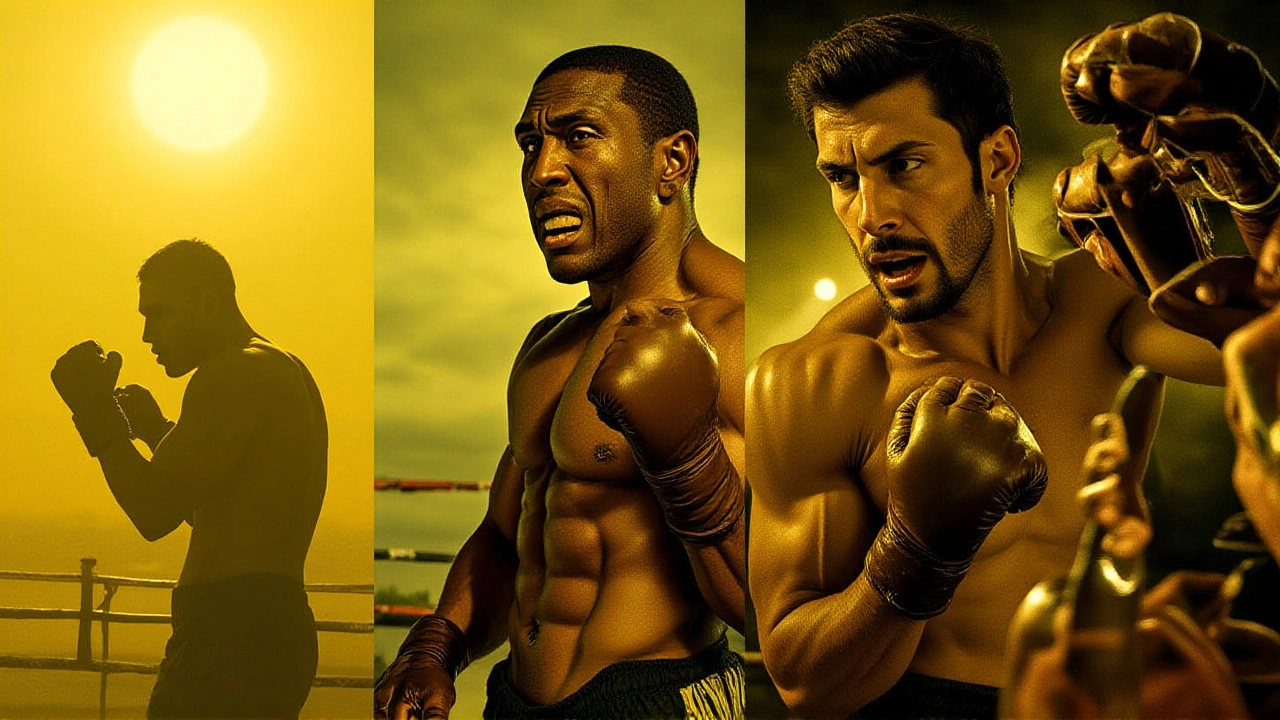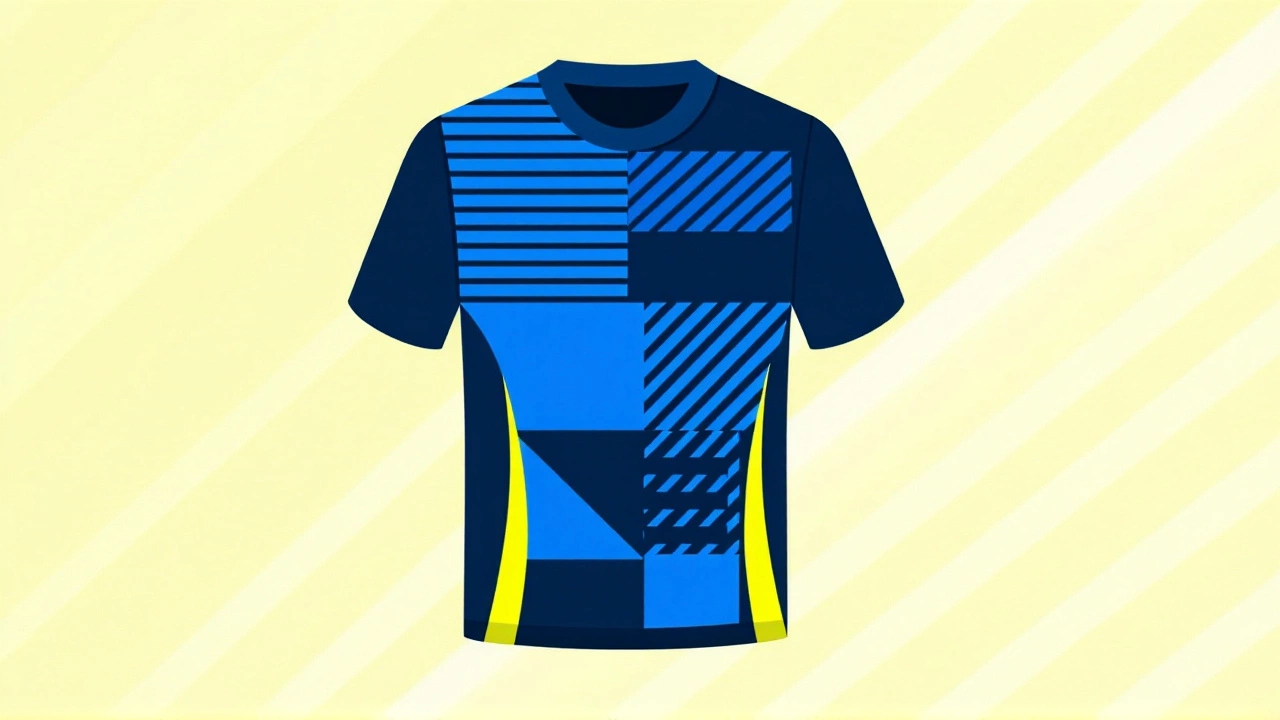On a bitter November night in Glasgow, Scotland ended a 27-year wait to return to the 2026 FIFA World Cup — not with a whimper, but with a roar. At 9:48 p.m. UTC on November 18, 2025, Kenny McLean unleashed a strike so pure, so impossible, it sent Hampden Park into orbit. Scotland beat Denmark 4-2, clinching top spot in UEFA Group C and securing direct passage to the 2026 FIFA World Cup. The final whistle didn’t just end a match — it closed a 10,011-day drought since Scotland last played in the tournament, a streak that began with their 3-0 thrashing by Morocco in 1998.
A Night That Broke a Generation’s Silence
The air at Hampden Park didn’t just hum — it vibrated. Fans in tartan scarves, many born after Scotland’s last World Cup appearance, screamed until their voices cracked. For the first time since 1990, the stands were packed with the Tartan Army in full, deafening force. And for the first time since 1982, Scotland topped a World Cup qualifying group. Steve Clarke, the manager who’s spent years rebuilding this team’s identity, stood motionless at the touchline, arms crossed, eyes closed — as if trying to absorb the moment into his bones.
It wasn’t just McLean’s goal — a curling, left-footed masterpiece that bent past Casper Schmeichel from 25 yards — that made history. It was the entire performance. Scott McTominay dominated midfield like a force of nature. John McGinn pressed with the fury of a man who’d waited his whole career for this. Kieran Tierney was a blur down the left, and Lawrence Shankland punished Denmark’s high line with clinical finishing. The goals came from four different players. The defense, once Scotland’s Achilles’ heel, held firm under pressure. This wasn’t luck. It was legacy.
The Numbers Behind the Miracle
Scotland’s journey through UEFA Group C was a masterclass in consistency. Six matches. Four wins. One draw. One loss. Thirteen goals scored. Seven conceded. A goal difference of +6. Thirteen points. They finished ahead of Denmark (10 points), Greece (8), and Belarus (3). And here’s the kicker: they did it without winning any of their away games. All four victories came at home — three at Hampden Park, one in Belfast against Belarus.
McLean’s goal wasn’t even the first of the night. Ryan Christie opened the scoring in the 12th minute, tapping in after a brilliant pass from Lewis Ferguson. Denmark equalized through Pierre-Emile Højbjerg in the 31st, a penalty awarded after a handball by Kieran Tierney. But Scotland responded with two more before halftime — McTominay’s powerful header and Shankland’s cool finish — turning a tense match into a coronation.
Denmark, who had already qualified for the playoffs before kickoff, fought hard. But their spirit broke in the 78th minute. McLean’s goal — the one commentators called “the goal of his dreams” — wasn’t just a strike. It was a catharsis. For every child who watched Scotland’s 1990 campaign on grainy TV. For every fan who lived through the 2002 and 2010 misses. For every kid who grew up hearing, “We’ll get back someday.”

What This Means for Scottish Football
This isn’t just about a tournament in 2026. It’s about momentum. About belief. For decades, Scotland’s football narrative was one of near-misses, heartbreak, and fading hope. The Scottish Football Association — headquartered at Hampden Park, Lovers Lane, Glasgow — had been accused of stagnation. But Clarke’s squad, built on grit, discipline, and youth development, has rewritten that story.
For the first time since 1982, Scotland will enter a World Cup as group winners, not as underdogs. The 2026 FIFA World Cup — co-hosted by the United States, Canada, and Mexico — will be their biggest stage since 1998. And unlike in the past, when fans feared a quick exit, this team has the structure, the depth, and the confidence to go further. They’ve already beaten Denmark — a side ranked in the top 10 of FIFA’s world rankings — twice this campaign. They’ve held their own against Greece, who had a 10-match unbeaten run before Scotland’s win.
The ripple effects are already visible. Youth academy registrations have jumped 37% in the past six months. Sponsorship deals, dormant since the 2010s, are being renegotiated. And for the first time in a generation, Scottish football isn’t being talked about as a relic — it’s being talked about as a rising force.
What Comes Next
Denmark, despite the loss, still has a shot. As group runners-up, they’ve advanced to the UEFA play-offs, where they’ll face another contender in March 2026. But for Scotland, the path is clear: group stage draw in June 2026, then preparation for what could be a historic run. Clarke has already said he’ll rest key players in the final friendly against Norway in March — not out of caution, but to build momentum. This isn’t the end of the journey. It’s the beginning.

A Legacy Forged in Tartan
Before the match, a 72-year-old fan named Ewan MacLeod sat in his usual seat at Hampden, clutching a 1990 ticket stub. “I thought I’d never see this,” he told a reporter. “I thought I’d die before Scotland made it back.”
He didn’t die. And Scotland didn’t fail.
They came home.
Frequently Asked Questions
How long had Scotland waited to qualify for the World Cup?
Scotland waited 10,011 days — or 27 years — since their last World Cup appearance in 1998. Their previous qualification was in 1998, but their last group-stage win was in 1990. This marks their first time topping a qualifying group since the 1992 Euro campaign and their first World Cup qualification since 1982, making it the longest such gap in their modern history.
Who scored Scotland’s goals in the decisive match against Denmark?
Four different players scored for Scotland: Ryan Christie (12'), Scott McTominay (35'), Lawrence Shankland (42'), and Kenny McLean (78'). Denmark’s goals came from Pierre-Emile Højbjerg (31', penalty) and an own goal by Scotland’s Kieran Tierney in the 89th minute, which didn’t change the outcome.
Why is this considered Scotland’s most significant World Cup qualification?
It’s the first time since 1982 that Scotland has topped a World Cup qualifying group, and the first time since 1990 that they’ve qualified in front of a full, roaring home crowd at Hampden. Unlike past campaigns where they relied on playoffs or luck, this was earned through dominance — four wins, one draw, and a +6 goal difference. The emotional weight, combined with the tactical maturity shown, makes this their most complete qualification effort.
How did Denmark react to the loss?
Denmark’s players showed respect, shaking hands with Scottish counterparts after the final whistle. Coach Jacob Neestrup acknowledged Scotland’s performance, saying, “They were better tonight — in every phase.” Though disappointed, Denmark still has a chance to qualify via the UEFA play-offs, where they’ll face the winner of the Wales vs. Slovakia matchup in March 2026. Their campaign isn’t over — but their dream of direct qualification is.
Where will Scotland play in the 2026 World Cup finals?
The 2026 FIFA World Cup will be hosted jointly by the United States, Canada, and Mexico. Scotland’s group stage opponents and venues won’t be known until the draw on December 5, 2025. But given their recent form and defensive solidity, they’re likely to be seeded in Pot 2, meaning they’ll avoid heavyweights like Brazil, Spain, or Argentina in the group stage — a major advantage.
What impact will this have on Scottish football infrastructure?
The Scottish Football Association has already announced a £15 million investment in grassroots development, with a focus on women’s football and youth academies. Ticket sales for the 2026 World Cup qualifiers have surged, and Hampden Park is set to undergo upgrades to meet FIFA’s 2026 standards. Sponsorship deals are expected to double, and the national team’s merchandise sales have already hit £2.3 million in the week after qualification — a record for Scottish football.
